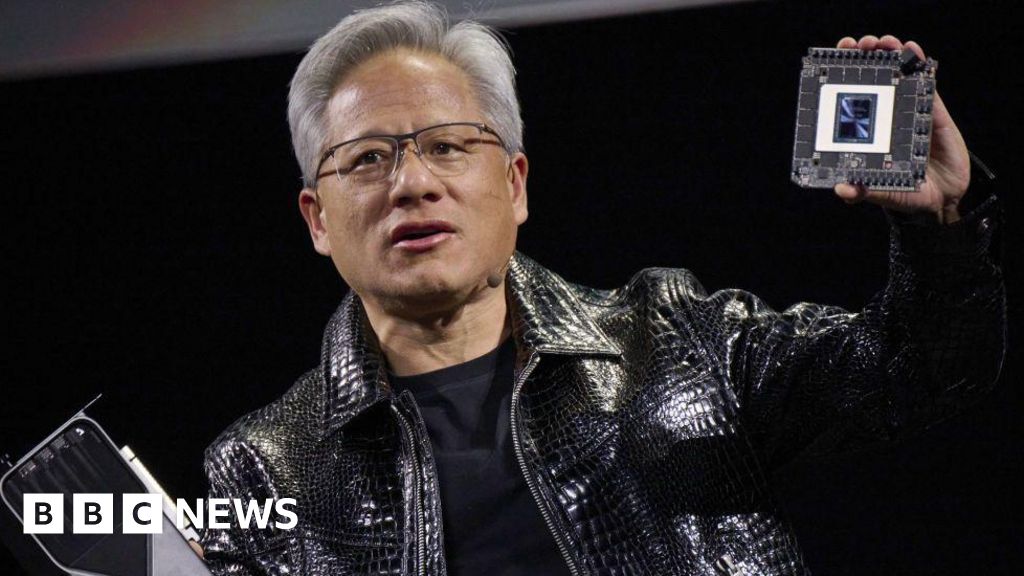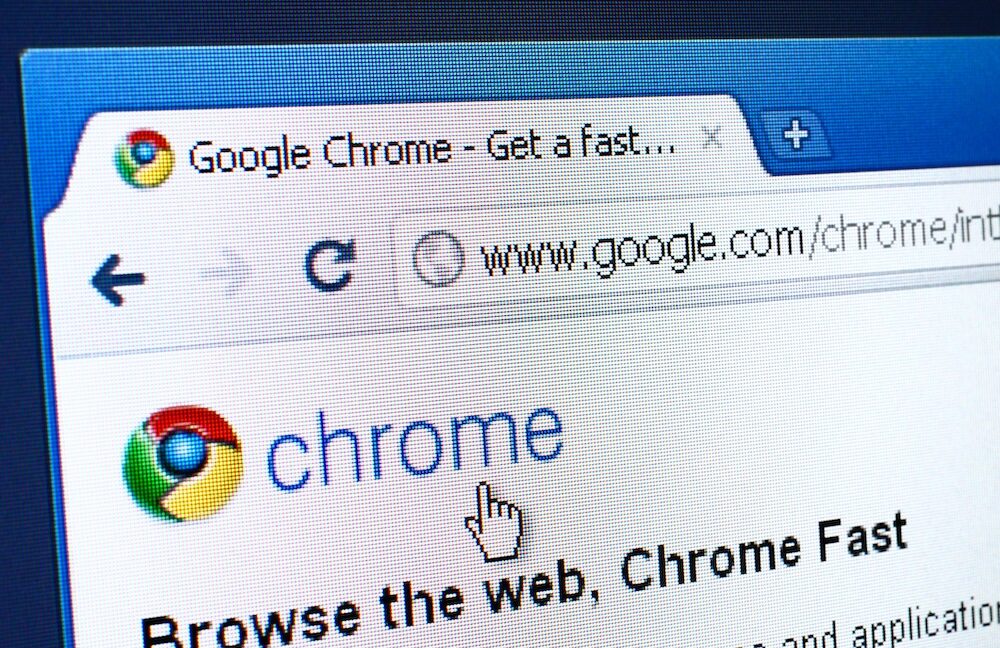Meanwhile, both Walmart and Best Buy warned that when they report earnings in August, it will be worse than expected — in large part because of changes in consumer habits.
“We’re seeing strong growth,” said Amazon Chief Financial Officer Brian Olsavsky. “But we’re cognizant things could change quickly.”
Four times a year, the biggest publicly traded companies report how much money they’re making — or losing, in addition to future outlooks. Those reports provide helpful snapshots of how consumers are spending, a key metric for predicting economic performance.
But much like the government economic indicators reported this past week including a dip in gross domestic product and a slight bump in consumer spending, companies’ earnings are showing that the U.S. economy is in a weird spot. People are still spending their money, but inflation means more of it is going to gas and necessities and less to categories like clothing and electronics. Unemployment remains low, but some companies are slowing hiring and a few are beginning to lay people off outright.
The Federal Reserve again raised rates this past week in an attempt to make it harder for people to borrow more money and keep spending, something aimed at slowing inflation and stabilizing the economy. But it’s a delicate balance as some companies are already reporting warning signs.
“As high inflation has continued and consumer sentiment has deteriorated, customer demand within the consumer electronics industry has softened,” Best Buy chief executive Corie Barry said in a statement Wednesday, echoing comments two days earlier from Walmart chief executive Doug McMillon that food and fuel prices are cutting into people’s ability to buy clothing and other goods.
Those dynamics hint that Americans are beginning to be careful about what they spend their money on.
Thomas Combs, a 52-year-old small-business owner who lives in Dallas, said he’s “completely changed” the way he spends money, including by cutting back on treats like gourmet coffee and ice cream. He said repairing his car has also gotten more expensive, and he knows how difficult it would be to upgrade his car or move to a different house.
“I don’t like seeing corporations having record earnings the last couple of quarters then to be told of supply chain problems or refining or whatever is to blame for higher consumer prices,” Combs said. “You grow pessimistic but realize you have to roll with it if you want to survive in today’s America.”
The biggest tech companies reported numbers that were less pessimistic than Wall Street had feared, and the stock prices of Apple, Amazon, Google and Microsoft all rose after their earnings reports came out. Coupled with big profits for oil companies because of soaring gas prices, the results helped drive the S&P 500, a collection of the biggest corporations’ stock prices, to its best month since November 2020.
“People were nervous there was some sort of bombshell lurking, and it never showed,” Tom Essaye, president of Sevens Report Research, said of tech earnings. “For now, we sort of dodged a bullet.”
But that didn’t stop the tech company executives from engaging in some hand-wringing.
Apple accessories like watches and home device posted lower sales because of supply issues and the “macroeconomic environment,” chief executive Tim Cook said Thursday. He added, however, “I’m not an economist,” and pointed out sales of the company’s all-important iPhone were still strong.
Apple customers tend to be middle and higher income and early adopters, said consumer tech analyst Carolina Milanesi, meaning the company is less likely to be hard hit by the uncertain economy.
“The main message is if Apple does start to feel softness that means really bad news for everybody else,” she said. “That would mean the rest of market would contract more.”
On Tuesday, Google Chief Financial Officer Ruth Porat said “some advertisers” pulled back on buying Google ads, but its two biggest customer groups — travel and retail — still experienced growth. “We use the term uncertainty because we do think that’s the best way to characterize what we’re seeing,” Porat said.
Amazon reported results that beat expectations and the company said consumer demand was still strong, but the company also said it would be more careful with hiring. (Amazon founder Jeff Bezos owns The Washington Post.)
After reporting that it had overextend itself on pandemic hiring last quarter, the company said Thursday that the staffing issue had largely been corrected through attrition by May. Looking into 2023, Olsavsky said the company plans to continue to limit expansion in warehousing and logistics to “better align with expected customer demand.”
There isn’t a wholesale drop in consumer spending, said Edward Jones analyst Brian Yarbrough, but rather mixed results in different areas. At Walmart, where many lower income Americans shop, customers are prioritizing their grocery budget over extras, and the retailer is preparing for that.
Major companies reported a mix of positive and negative earnings results. Pfizer beat expectations on the back of its coronavirus vaccine and covid-19 treatment drug Paxlovid. Southwest Airlines said demand was strong, and revenue would be higher in the third quarter than what it was even before the pandemic. UPS shares dropped after the shipping company missed expectations for how many parcels it would carry in the quarter. General Motors also fell, blaming parts shortages for its inability to sell as many cars as it had wanted to.
Consumer spending still rose in June, but much of that was because things cost more, and wages aren’t growing as fast, so people are cutting into their savings when doing their shopping, according to data released Friday by the government’s Bureau of Economic Analysis. Some categories, like clothing and electronics, are down, and people are putting a higher proportion of their money toward housing, food and gas.
The biggest companies in America, selling billions of dollars of goods and services every week, have a keen insight into how the economy is faring. Some of them are openly saying that consumers have cut back on spending because of high prices and economic concerns.
Shopify, the Canadian e-commerce company that became a $170 billion behemoth during the pandemic but has seen growth plummet as people return to in-store shopping, said Tuesday it would fire 10 percent of its workforce.
The firm had bet that the surge in online shopping as people were forced to stay home to avoid covid-19 would fundamentally change how the retail industry works, but was now seeing that e-commerce growth has settled back to normal levels, chief executive Tobi Lütke said in a blog post on the company’s website.
“It’s now clear that bet didn’t pay off,” Lütke said.
Other big tech companies slowed hiring as well and told employees to expect to do more with fewer resources. Google CEO Sundar Pichai told workers earlier this month that “sunnier days” were over. In the company’s quarterly public conference call this past week, Porat said the hiring slowdown would be more “pronounced” in 2023, signaling the company believes a downturn could last longer than just a few months.
Amazon may also reduce hiring in its tech and engineering divisions if a significant economic downturn takes place. “We will continue to add head count,” Olsavsky said, “but we’re being very mindful of the economic conditions that could present itself.”
Some Americans are saying it’s a new normal. Shannon Villa, a 32-year-old Amazon warehouse worker who lives in Birmingham, Ala., said he’s been careful with expenses acknowledges. He has three kids and a mortgage, but still managed to take a few trips this summer.
“I can’t control the price of eggs or milk. [If] it goes up it just goes up. I still need it for family,” he said in a message. “Gas goes up, I still need it. I can’t afford to complain. I just got to adjust.”





















Discussion about this post